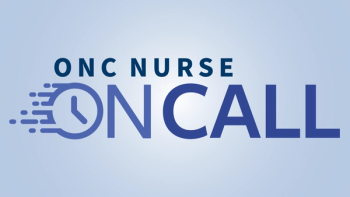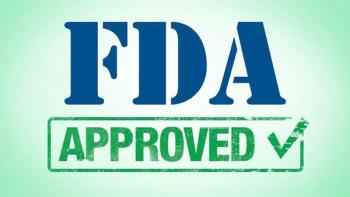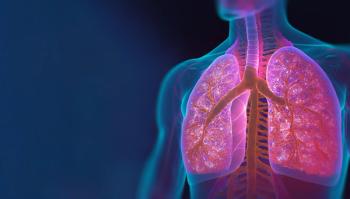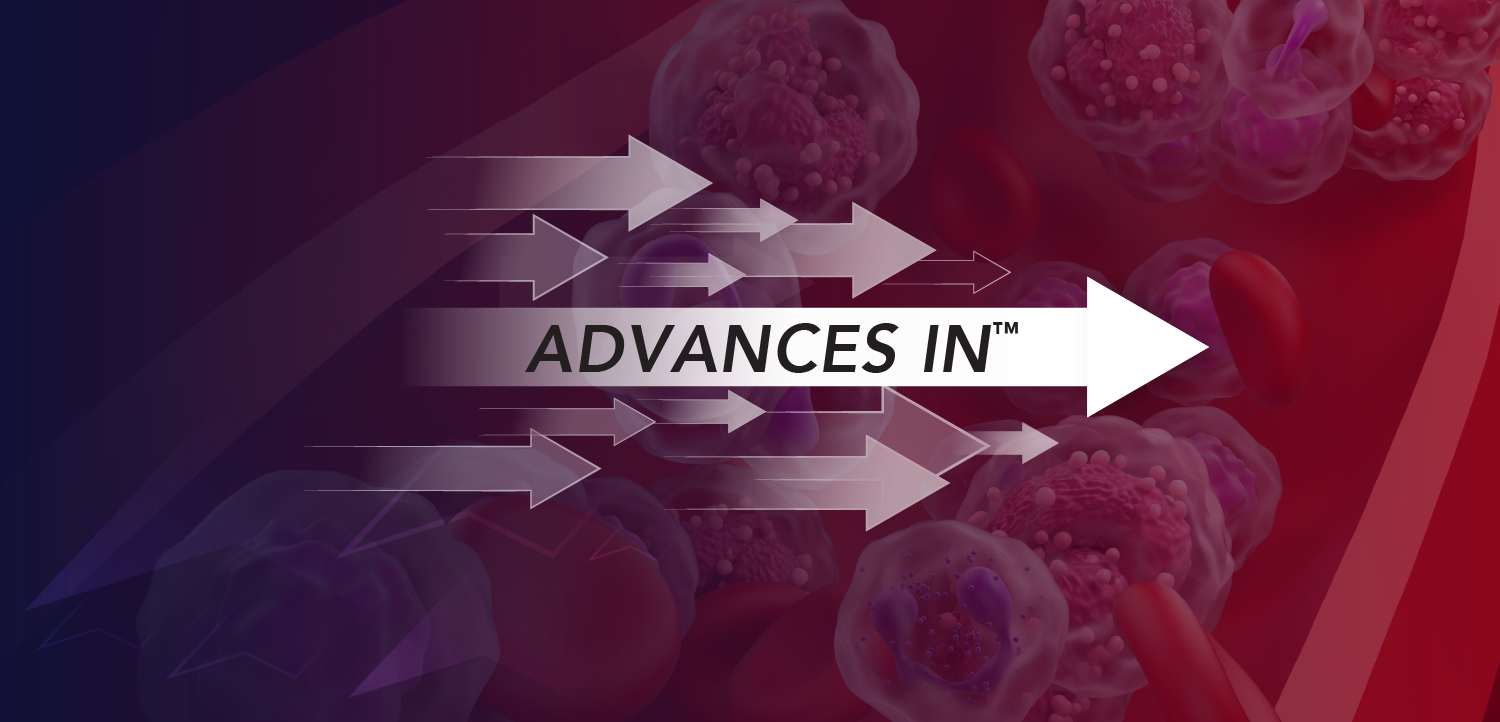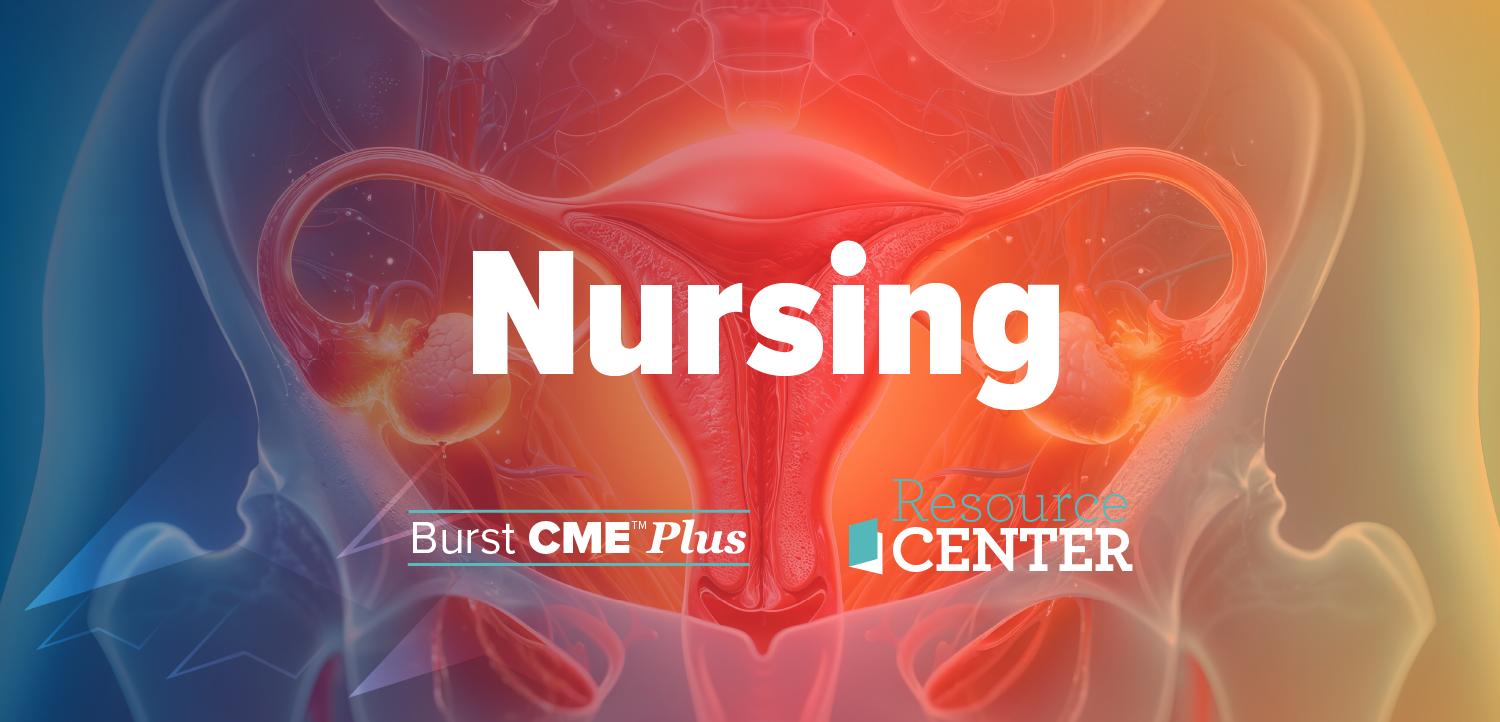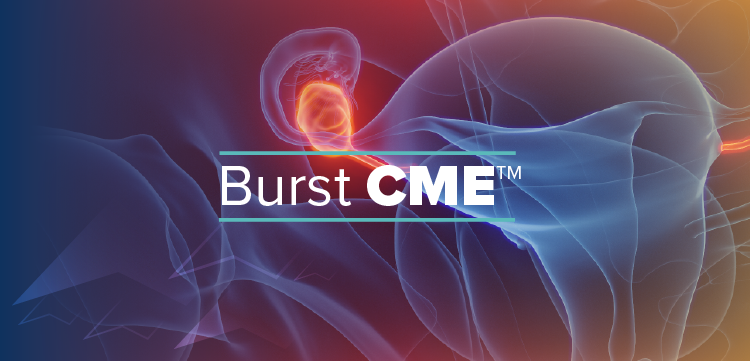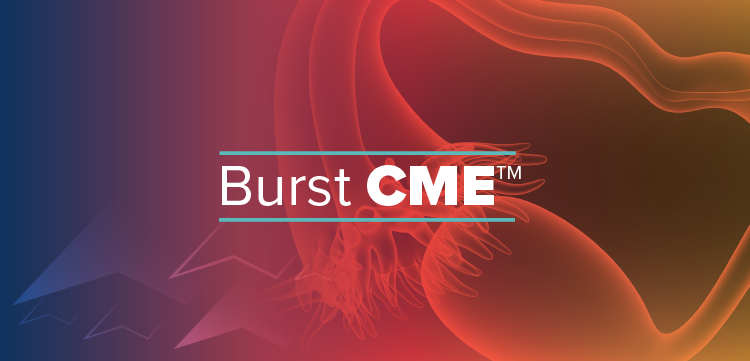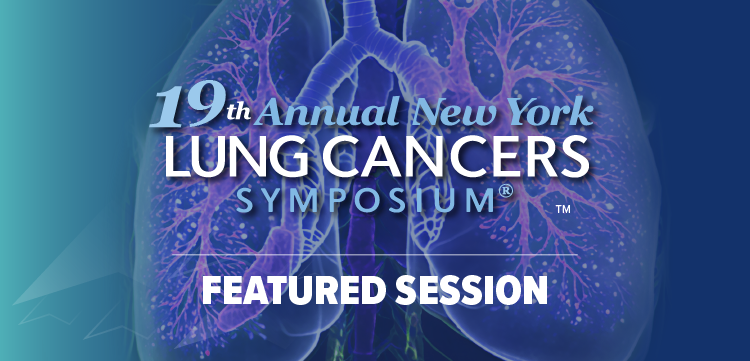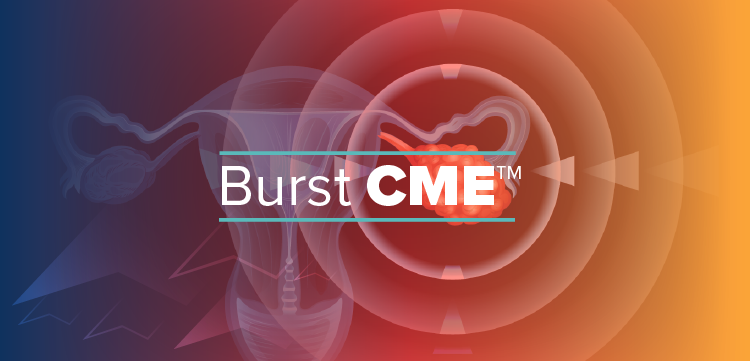
High Tumor Volume Linked to CAR T Toxicity in LBCL
Volumetric PET biomarkers may help predict risk of toxicity from CAR T-cell therapy in patients with large B-cell lymphoma, new retrospective data suggest.
High tumor volume emerged as the most consistent biomarker associated with toxicities from CAR T-cell therapy such as cytokine release syndrome (CRS), immune effector cell-associated neurotoxicity syndrome (ICANS), and non-relapse mortality (NRM), in patients with large B-cell lymphoma (LBCL), per retrospective findings presented at the 2025 Society of Nuclear Medicine & Molecular Imaging Annual Meeting.
Across a total population of 367 patients, the median overall survival (OS) was 48 months (95% CI, 31-not evaluable). Additionally, the OS rate was 72% (95% CI, 67%-77%) at 12 months, 59% (95% CI, 54%-65%) at 24 months, and 53% (95% CI, 47%-60%) at 36 months. Data showed a median progression-free survival (PFS) of 12 months (95% CI, 8.8-18), with a 12-month PFS rate of 50% (95% CI, 45%-56%), a 24-month rate of 41% (95% CI, 36%-47%), and a 36-month rate of 36% (95% CI, 31%-43%).
Statistically significant predictors of grade 3 or higher CRS per univariate analysis included maximum standardized uptake value (SUVmax; OR, 1.61; 95% CI, 1.12-2.34; P = .011), tumor volume (OR, 1.22; 95% CI, 1.12-1.32; P <.001), total lesion glycolysis (TLG; OR, 1.20; 95% CI, 1.11-1.30; P <.001), and elevated lactate dehydrogenase (LDH) prior to lymphodepletion (OR, 6.58; 95% CI, 2.33-23.5; P <.001). Other predictors of high-grade CRS per multivariate analysis included tumor volume (OR, 1.16; 95% CI, 1.06-1.29; P = .001) and elevated LDH (OR, 3.05; 95% CI, 0.88-12.3; P = .079).
Univariate analysis indicated that SUVmax (OR, 1.33; 95% CI, 1.02-1.72; P = .034), tumor volume (OR, 1.12; 1.04-1.19; P = .002), TLG (OR, 1.11; 95% CI, 1.04-1.19; P = .004), Karnofsky performance status prior to
Predictors of grade 3 or higher immune effector cell-associated hematotoxicity (ICAHT) included tumor volume (OR, 1.08; 95% CI, 1.01-1.15; P = .027), TLG (OR, 1.08; 95% CI, 1.01-1.15; P = .026), Karnofsky performance status of less than 90 prior to CAR T-cell therapy (OR, 1.83; 95% CI, 1.08-3.19; P = .024), elevated LDH (OR, 3.12; 95% CI, 1.95-5.03; P <.001), and a Hematotox score of 2 or higher (OR, 2.03; 95% CI, 1.26-3.31; P = .003) based on univariate analysis. Per multivariate analysis, elevated LDH was a significant predictor of high-grade ICAHT (OR, 2.75; 95% CI, 1.62-4.72; P <.001).
Regarding NRM, significant predictors based on univariate analysis included tumor volume (HR, 1.23; 95% CI, 1.13-1.33; P <.001), TLG (HR, 1.15; 95% CI, 1.07-1.24; P = .003), age at CAR T-cell therapy (HR, 1.04; 95% CI, 1.00-1.08; P = .048), and elevated LDH (HR, 2.87; 95% CI, 1.21-6.82; P = .019). Tumor volume was the only significant predictor of NRM per multivariate analysis (HR, 1.20; 95% CI, 1.10-1.30; P <.001).
“Our study found metabolic tumor volume to be the strongest imaging predictor of CRS, ICANS, and [NRM], surpassing SUVmax and TLG,” lead investigator Burcin Agridag Ucpinar, MD, a radiologist at Memorial Sloan Kettering Cancer Center (MSKCC), stated in the presentation. “Clinically, [these findings] present opportunities for early interventions such as bridging therapy, prophylactic steroids, or tocilizumab [Actemra] to reduce risk before the infusion.”
Investigators of this study aimed to evaluate the ability of fludeoxyglucose (FDG) PET/CT to predict toxicity in patients with LBCL who receive CAR T-cell therapy. The analysis included 367 patients with LBCL who received commercial CAR T-cell therapy with pre-infusion body FDG PET/CT imaging at MSKCC from April 2016 to February 2025.
Three radiologists with more than 8 years of experience interpreted pretreatment FDG PET/CT images, and key tumor burden metrics included tumor volume, SUVmax, and TLG. Investigators evaluated
Using logistic regression models helped determine associations between radiologic and clinical variables and grade 3 or higher CRS, ICANS, and ICAHT. Multivariate models included covariates such as age, Karnofsky performance status, LDH, CAR T-cell therapy product, non-Hodgkin lymphoma transformation origin, and bridging therapy.
The median patient age was 66 years, and most were male (66%). A majority of the population had diffuse LBCL not otherwise specified (78%), stage III or IV disease (69%), at least 3 prior lines of treatment (74%), and bridging therapy (84%). The most common CAR T-cell therapies included axi-cel (48%), liso-cel (33%), and tisagenlecleucel (19%).
“This is the largest cohort study to date evaluating PET biomarkers for CAR T-cell toxicity in [LBCL]. Volumetric PET parameters, particularly metabolic tumor volume, offer the best predictive value,” Ucpinar concluded. “These insights can help guide individualized strategies such as bridging [therapy] or closer surveillance for high-risk patients.”
Reference
Ucpinar BA, Brown S, Bedmutha A, et al. PET-based biomarkers for toxicity prediction in CAR T-cell therapy for aggressive lymphoma: evidence from a large-scale retrospective analysis. Presented at: 2025 SNMMI Annual Meeting; June 21-24, 2025; New Orleans, LA.
Newsletter
Knowledge is power. Don’t miss the most recent breakthroughs in cancer care.

